|
On the Mississippi Gulf Coast, there are two one-mile stretches of beach that make up the largest nesting colony of Least Tern in the United States. This Important Birding Area right along the Gulf of Mexico contains sections of five beaches: Biloxi Beach, Gulfport East, Gulfport West, Long Beach, and Pass Christian; putting the Least Tern within the most populated area for beach-goers along the Mississippi coastline. Situations such as this make biologists suspect that humans and the family pet are the number one reason the Least Tern population is in decline.
I was not aware of this Important Breeding Area until I visited Biloxi several months ago to photograph the birds wintering in the area. Nesting Least Terns quickly became a priority on my birding bucket list.
Memorial Day Weekend we headed down to the Mississippi Gulf Coast. By my estimation, the Least Tern eggs should have started to hatch. Needless to say, on Friday early evening when we arrived at the Biloxi Beach Least Tern Breeding Area and there wasn't a chick in sight, and I was more than a little disappointed.
The beach was roped off and was marked with flags to help identify egg locations. I found one mother Least Tern that had laid her eggs far outside of the roped off area and very close to the sidewalk, she didn't seem bothered by my presence so I sat down on the sidewalk to get a few shots. *All images have been cropped.*
Camouflaged to look like the sand, the eggs were a sandy beige color with black, brown, tan and gray splotches making them very hard to see if you were walking along the beach. This is one of the reasons these sections of beach are off limits during the breeding season.
The smallest of the American Terns, the Least Tern falls somewhere in size between a Robin and a Crow. They are 8 - 9 inches long with a wingspan of 19 - 20 inches. They are migratory birds, with many wintering in Central America, the Caribbean and the northern portion of South America. Although rare, some birds may remain on the Pacific and Gulf shore but generally by late summer to early fall they are gone. They fish in shallow water very close to the shoreline, hovering, and then plunge to capture their prey. The Least Tern skims the water dipping its belly but never diving into it. While they eat mainly fish, they may also consume crustaceans and insects. They can live 15 to 20 years old. In the past, Least Terns nested on the barrier islands just off the Mississippi Gulf Coast. 1936 was the first time they were discovered nesting on the mainland, but after the man-made beaches were created in 1952, the Least Terns made the Mississippi coastline their home. The calmer more inland water of the Mississippi Sound makes for good fishing, and the busy highway behind the beach helps to shelter them from prey.
When breeding, the Least Tern creates a shallow scrape in the ground by sitting down, and kicking their feet while rotating their bodies. A couple of days later, 1 to 3 eggs will be in the nest that are colored similar to the ground. Incubation is 20 to 25 days. If the nest is destroyed or something happens to the chicks, the breeding pair will be able to produce a new clutch in a week to 10 days. After the eggs hatch, the chicks usually flop around for the first day, but they are capable of leaving the nest after that. By four days old, they are running around with their wings outstretched. The chicks will take their first flight at about 20 days old, and mom and dad will stay with their young until the fall migration. It will be two years before these new chicks are mature enough to breed.
Nicknamed the “Little Striker” they will dive bomb and poop on you if you get too close to their nesting area.
We never went back to the breeding area the rest of the weekend.
Late Monday morning, Memorial Day, as we were heading out of town, I suggested one last stop at the breeding area. I read there would be Audubon docents stationed at each location for the holiday to educate and help protect the birds. I knew I could get the answers I was seeking as to how soon the eggs would hatch. This is where I met Misti, who was fantastic and very knowledgeable about the Least Terns. She was as thrilled that I was taking an interest in the birds as I was to find someone “in the know.” As we walked up, I think I may have screamed at her, “Hi, when will they hatch?” She took my enthusiasm in stride and replied, “Well, our first eggs hatched this morning. See those flags over there, that’s where the chicks are.” Almost jumping up and down with excitement, me, the crazy lady screamed, “THOSE ARE MY BABIES!” LOL Out of all the eggs on the beach, the first to hatch were the same eggs I had photographed on Friday night! I never dreamed when I went down to the beach that day, I’d end up shooting some of the first Least Tern chicks of the season.
I think they had just left their nest in this shot, it's on the other side of the concrete riser. Mom pauses to feed her one chick an insect. The youngest of the chicks is still a little floppy here, notice that he’s tumbled off the concrete riser and is on his belly in the sand. LOL
I wasn’t able to get as close to the chicks as I had the eggs; mom was much more protective.
Even though they were still a little floppy when we arrived, they seemed to find their legs as we watched. We decided they must have hatched on Sunday, so they were a day old.
The one little Least Tern is running. He looks like he's celebrating to me, so I've named this shot… Yay, I've Hatched!
Misti said, come back in two weeks, the beach should be covered with chicks running around with their wings outstretched by then. That would be June 8!
While the Least Tern Breeding Areas are roped off and signs like this are posted, I have still seen people walk along the shoreline. Not only are they putting the birds at risk, but they are also blocking the Least Terns path to the water. The Gulf of Mexico isn’t just their food source; while the birds are nesting, the mothers will dip their bellies in the cool water to help regulate the egg temperature keeping them from overheating. Once the chicks have hatched, they do the same thing to keep the babies cool.
Protected by law, the Least Tern is considered endangered, making it a federal offense to flush or disturb these birds. Fines are fairly stiff.
Look closely and you will see the Least Tern scattered through the debris. With so many pristine beaches to chose from, it makes me question why people would want to walk these trash covered, seaweed, and driftwood-strewn sections. Once the breeding season begins, these sections of the beach cannot be raked and kept up like the others.
If you have any questions about the Least Terns, here's the link to the Facebook page of the Mississippi Coastal Bird Stewardship Program.
My Second Visit - June 8, 2019

One of the sweetest things I saw on Saturday. I have a sequence of about 40 images of the one adult least tern attempting to feed this chick. The chick refuses to open its beak, either turning its head or completely walking off. Both parents look frantic with worry. After following the chick around with this fish for about 10 minutes; finally, one parent passes the fish to the other one so they can try.
I located the Black Skimmers while I was down at the Gulf Coast. It's two weeks before I can visit again. I have my fingers crossed for some fledgling Least Tern chicks and hopefully baby Black Skimmers on my next trip down.
You will find more of Susan's Nature Photography in the Birds and Animals & Wildlife Collections in her Gallery.
See anything you like? Susan's work is available for purchase here: The Gallery. Images are available as wall art, fine art prints, on home decor, gift items and apparel. 
About the Photographer Susan Rissi Tregoning is the 8th photographer in the past four generations of professional photographers in her family. After a long career as an art buyer and interior designer, she put her career on hold in 2006 to travel with her husband and his job. In the process, she found her “roots” again, developing a photography obsession far beyond casual snapshots that evolved into a desire to capture every location and object as “art.” By meshing her two loves, photography and design, she has come full circle. Only now, she is creating art instead of just purchasing it.
6 Comments
6/2/2019 06:47:53 pm
Such adorable enticing shots, Susan! Love the little moments with the birds, and esp like the top intro pic - the clear soft blues against the warm background evokes such tenderness!
Reply
Susan Tregoning
6/2/2019 08:16:15 pm
Thank you, Felipe, I appreciate you taking the time to check out my post! I can tell from your comment that you were a fellow photographer. Thanks again!
Reply
6/11/2019 12:39:13 am
Love the added baby chick photos & commentary, Susan! :)
Sussan Tregoning
6/11/2019 10:33:06 am
Thank you, Felipe!
Reply
9/16/2021 07:26:32 am
The interior population of the least tern is an endangered species. And yes, on the Mississippi Gulf Coast, there are two one-mile stretches of beach that make up the largest nesting colony of Least Tern in the United States.
Reply
9/26/2021 03:56:25 pm
The Mississippi coast has one of the largest, albeit shrinking, Least Tern nesting colonies in the United States.
Reply
Your comment will be posted after it is approved.
Leave a Reply. |
AuthorI am the 8th photographer in 4 generations of my family. Back in 2006, my husband accepted a job traveling, and I jumped at the chance to go with him. Categories
All
Archives
June 2024
This website uses marketing and tracking technologies. Opting out of this will opt you out of all cookies, except for those needed to run the website. Note that some products may not work as well without tracking cookies. Opt Out of Cookies |
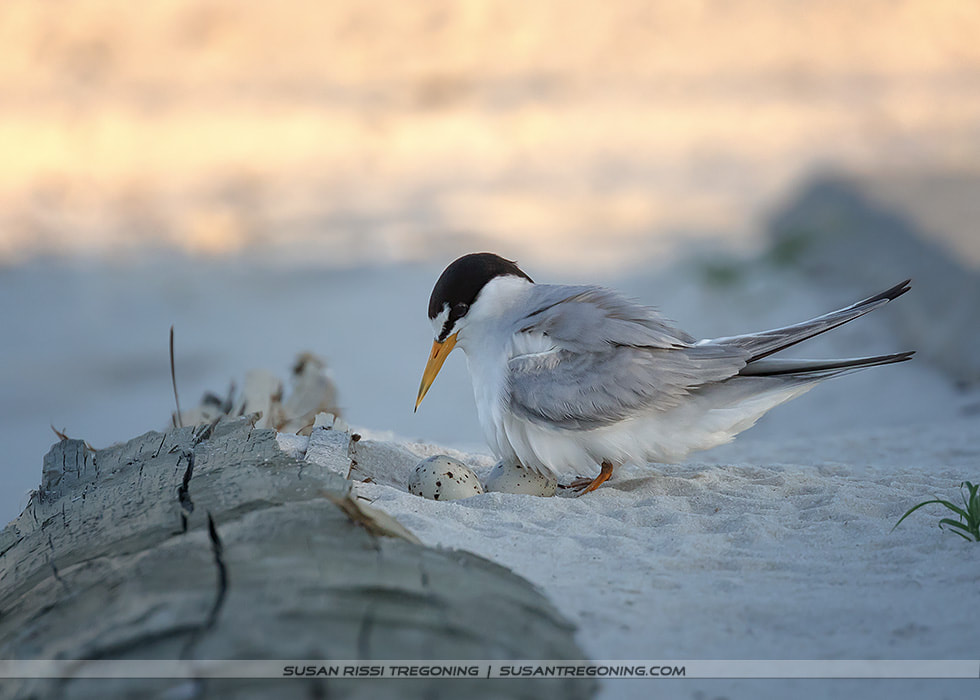


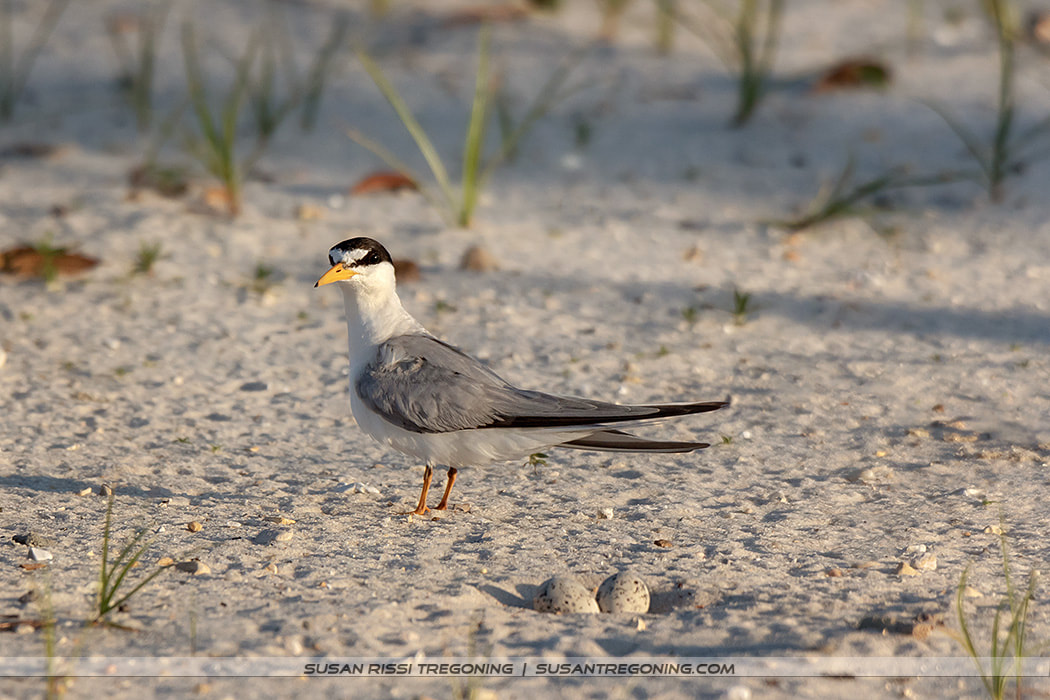
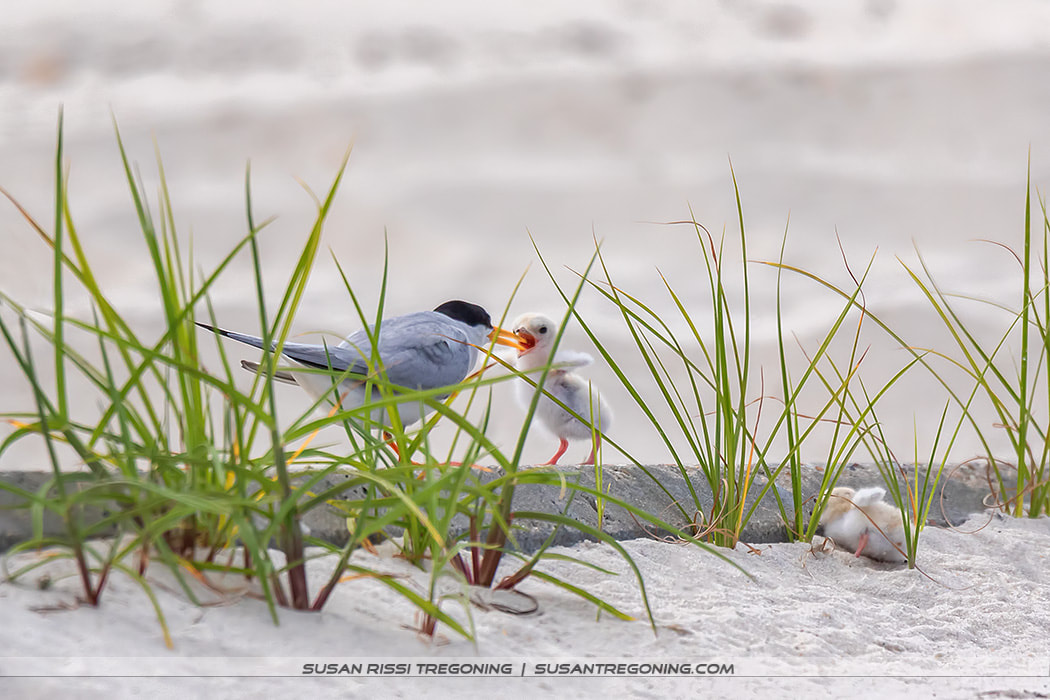
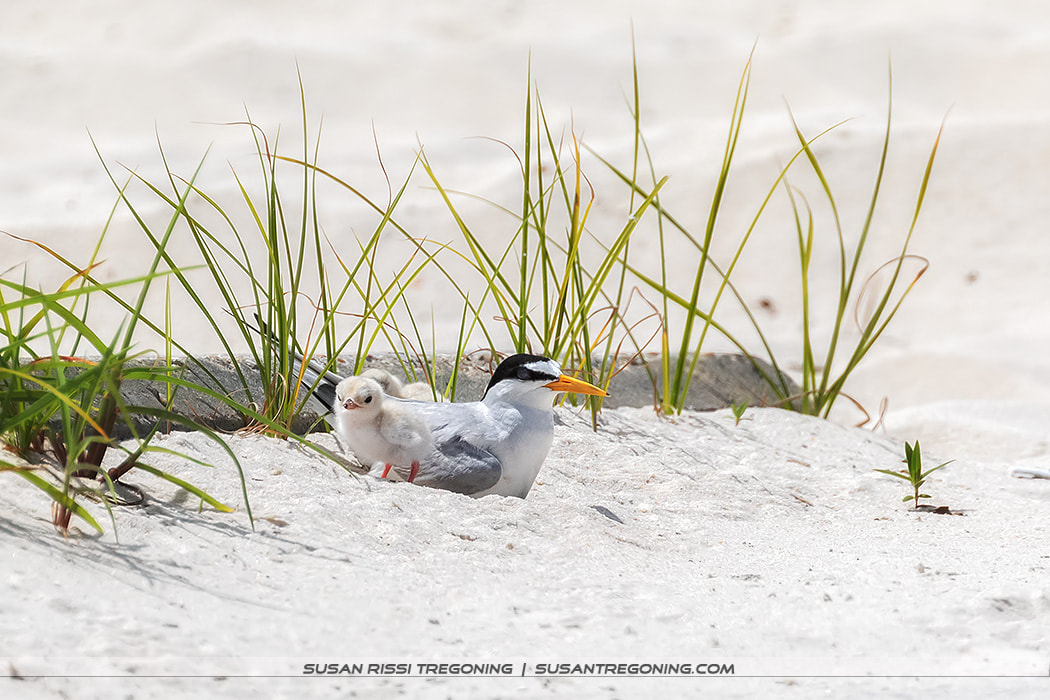







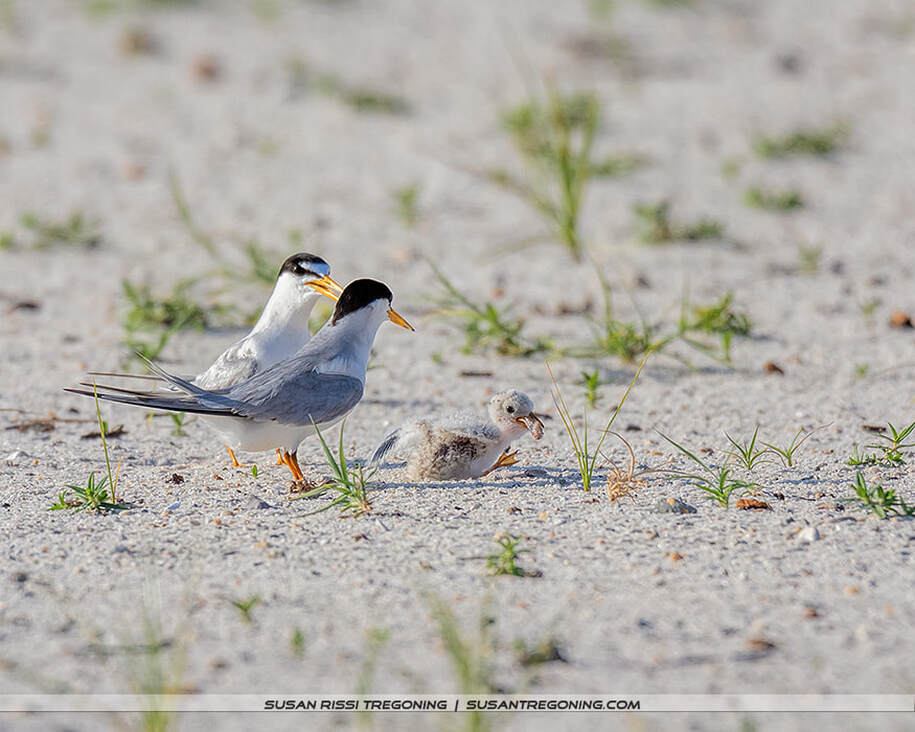

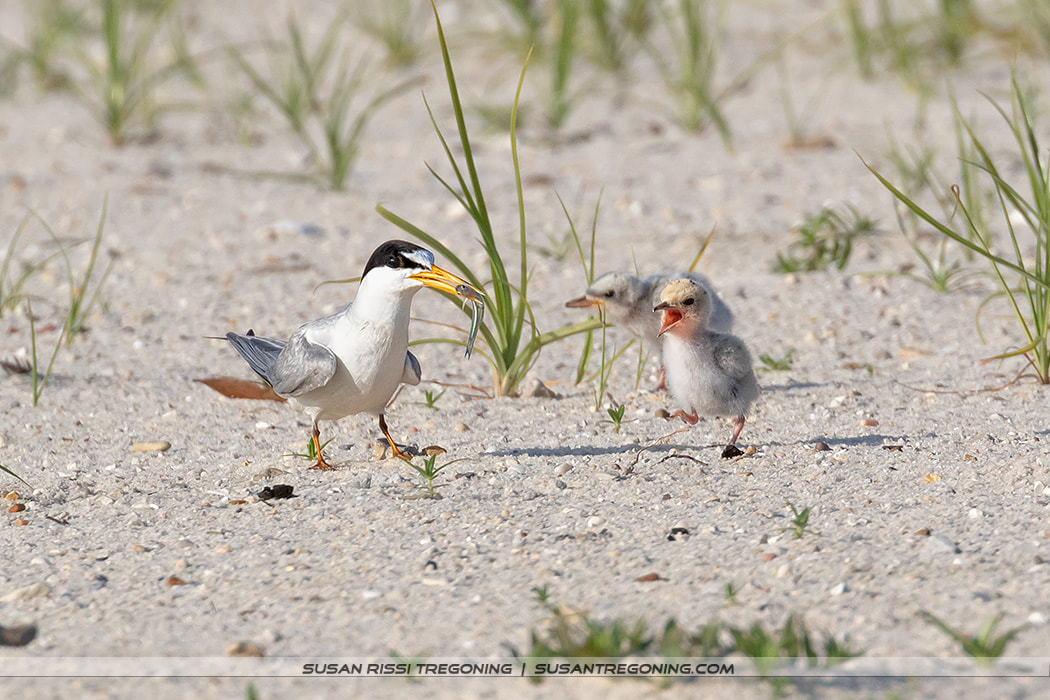
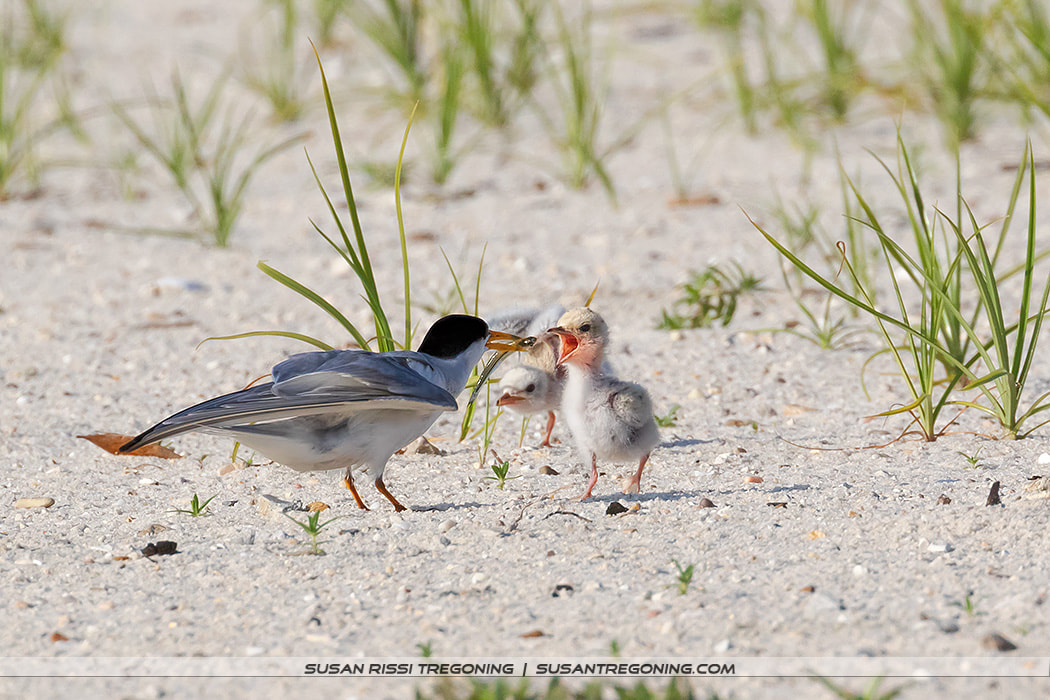



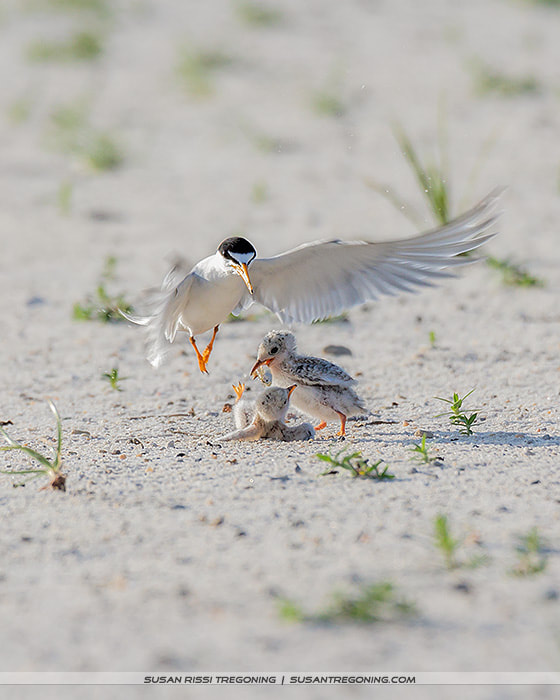
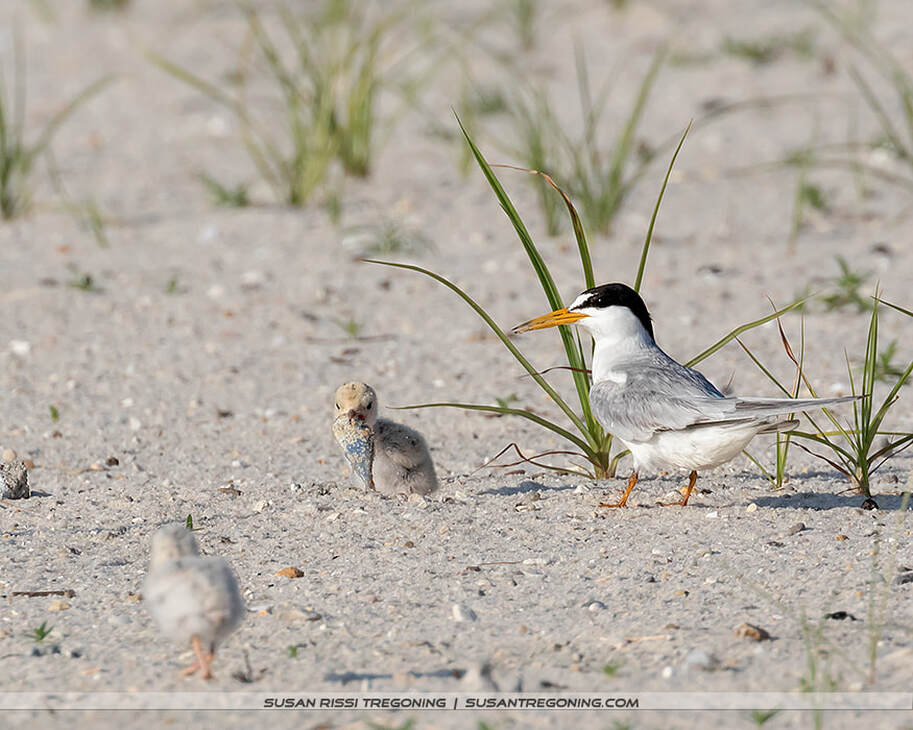

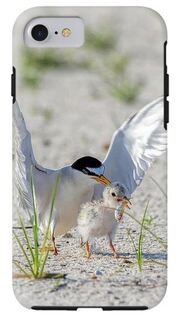
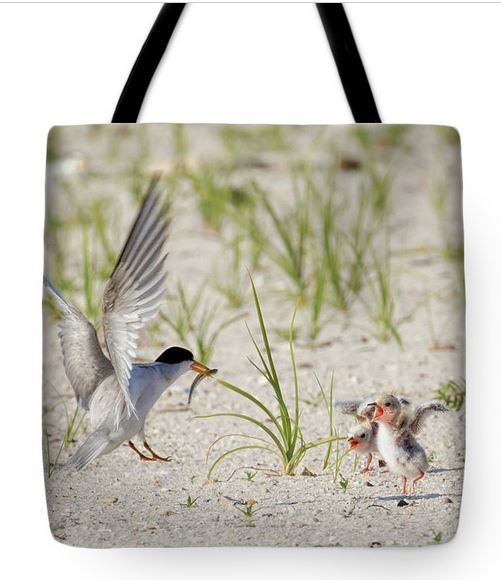
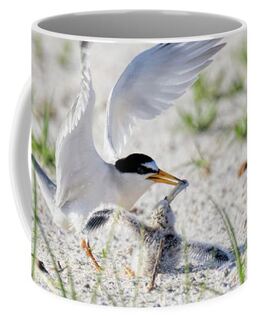

 RSS Feed
RSS Feed